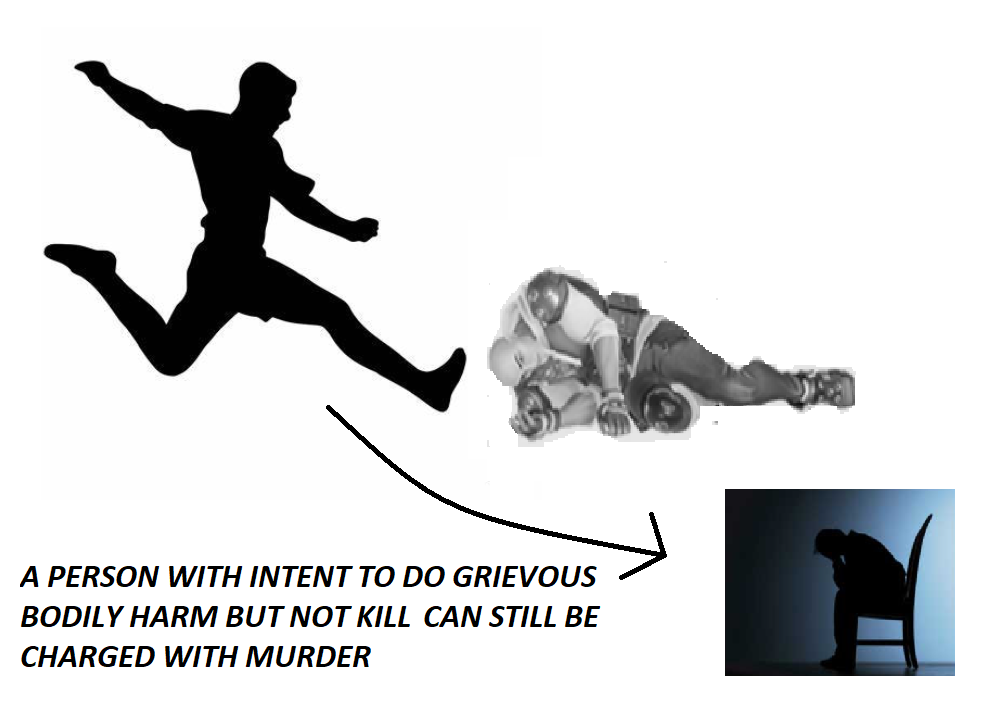R v Howe & Bannister [1987] 2 WLR 568 House of Lords
Citation:R v Howe & Bannister [1987] 2 WLR 568 House of Lords
Rule of thumb 1:Where there is an intent to cause a person serious bodily harm but no intent to actually kill them, can a person still be charged with murder if the person dies? Yes, where there is an intent to seriously harm another person but not actually kill them, this can still be prosecuted as ‘murder’.
Rule of thumb 2:Where someone threatens to kill you and your family if you do not kill another person, not there and then, but in the future, is this a defence to murder? No, the general rule is that this is no defence to the actus reus, especially where there is not the immediacy of threat. The Court held generally that duress is not a defence to murder, and can only be used in mitigation.
Background facts:
The facts of this case were that Howe and Bannister were acting under the orders of another man to torture and kill 2 people, and they felt threatened by this man themselves that if they did not do this then they would be killed themselves, albeit they did not have the gun directly pointed at their heads and had opportunities to get away & go to the Police.
Judgment:
The Court affirmed that this duress was not a defence in these circumstances and both were convicted of murder, with these arguments about the ring-leader’s wicked ways only being valid in regards to sentencing.

Ratio-decidendi:
‘We face a rising tide of violence and terrorism against which the law must stand firm recognising that its highest duty is to protect the freedom and lives of those that live under it. The sanctity of human life lies at the root of this ideal and I would do nothing to undermine it, be it ever so slight. Attempted murder requires proof of an intent to kill, whereas in murder it is sufficient to prove an intent to cause really serious injury. It cannot be right to allow the defence to one who may be more intent upon taking a life than the murderer’, Lord Griffiths
Warning: This is not professional legal advice. This is not professional legal education advice. Please obtain professional guidance before embarking on any legal course of action. This is just an interpretation of a Judgment by persons of legal insight & varying levels of legal specialism, experience & expertise. Please read the Judgment yourself and form your own interpretation of it with professional assistance.

